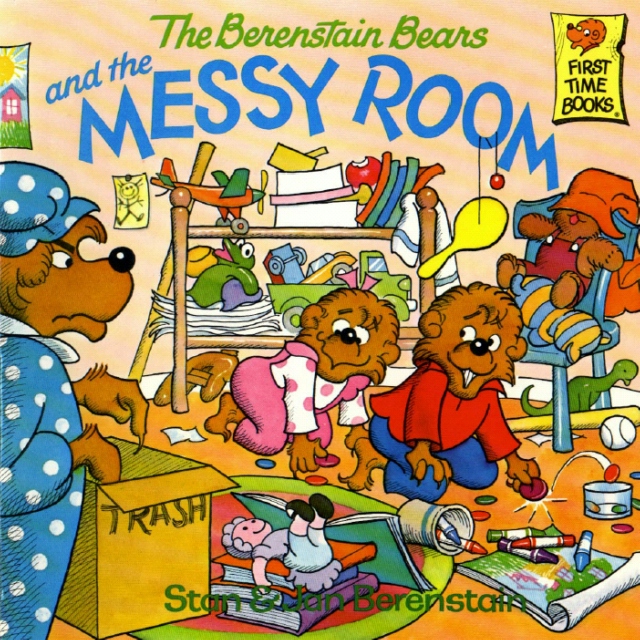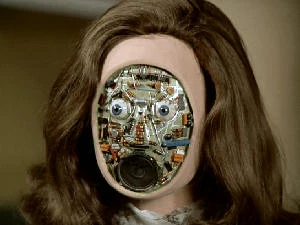In order to manage inventory properly, you have to know where that inventory is, and make sure you always have the right amount. An while of course it's easier with an outstanding computer system, it doesn’t always mean a major investment in software. Try a few of these tips to eliminate inventory problems.
Keep it Clean
 Mom knew back in the day if you didn't clean up your room you would never be able to find your clothing. Same thing holds true in your warehouse Neatness counts. Use uniform bins in the right sizes for your items, and be sure they are clearly labeled. Use labels that can be printed using a Zebra or laser printer for readability and include bar codes on the labels to improve accuracy. Remove old labels if you use the bin for a different part later. If using metal shelving which most every one does, you can use magnetic backed labels or two sided magnetic tape to easily organize your warehouse..
Mom knew back in the day if you didn't clean up your room you would never be able to find your clothing. Same thing holds true in your warehouse Neatness counts. Use uniform bins in the right sizes for your items, and be sure they are clearly labeled. Use labels that can be printed using a Zebra or laser printer for readability and include bar codes on the labels to improve accuracy. Remove old labels if you use the bin for a different part later. If using metal shelving which most every one does, you can use magnetic backed labels or two sided magnetic tape to easily organize your warehouse.. A Very common issue in the healthcare world is that your vendors don't provide good bar codes. To address this consider moving to a single item per warehouse location/bin so you can just scan the bin to identify the items.
Uses Multiple Bins/Locations for an Item
There are many methods for calculating safety stock to help prevent investing too much in excess inventory. Learn about the various calculations and how to use them here.
When receiving inventory, split it into two quantities your Bulk/Overflow and your Primary Location. When you pick inventory for orders, you can split the orders to ship items in bulk and also manage inventory using replenishment. Replenishment allow you to transfer inventory from the bulk locations to refill the primary picking location. In many systems this can be done overnight or just in time to handle orders as needed.
This will keep your primary pick zones nice and neat and still allow you to easily keep adequate stock on hand.
Count the Steps

Try to organize your warehouse for maximum efficiency. Remember how you left your jacket next to the door ( or mom told you to , but you really didn't )
It meant every time you left you say that jacket and grabbed it , saving steps by placing the things you need in the right place.
Again for the warehouse same thing holds true. Store your most popular items near the front to eliminate wasted steps. Consider grouping complementary items that are often sold together next to each other to simplify picking.
While these aren’t difficult steps to take, each of them will help improve inventory accuracy. Mom really seemed like she was just wasting our time , but if we look back now and apply the lessons learned. We can see perhaps mom was just and enlightened member of the supply chain. Maybe she learned these lessons and knew you would need them in the future.
So say thank you to mom and go clean your rooms (warehouses...)
For more information on TSH or MDS call The Systems House, Inc. at 1-800- MDS-5556. Or send a message to sales@tshinc.com





